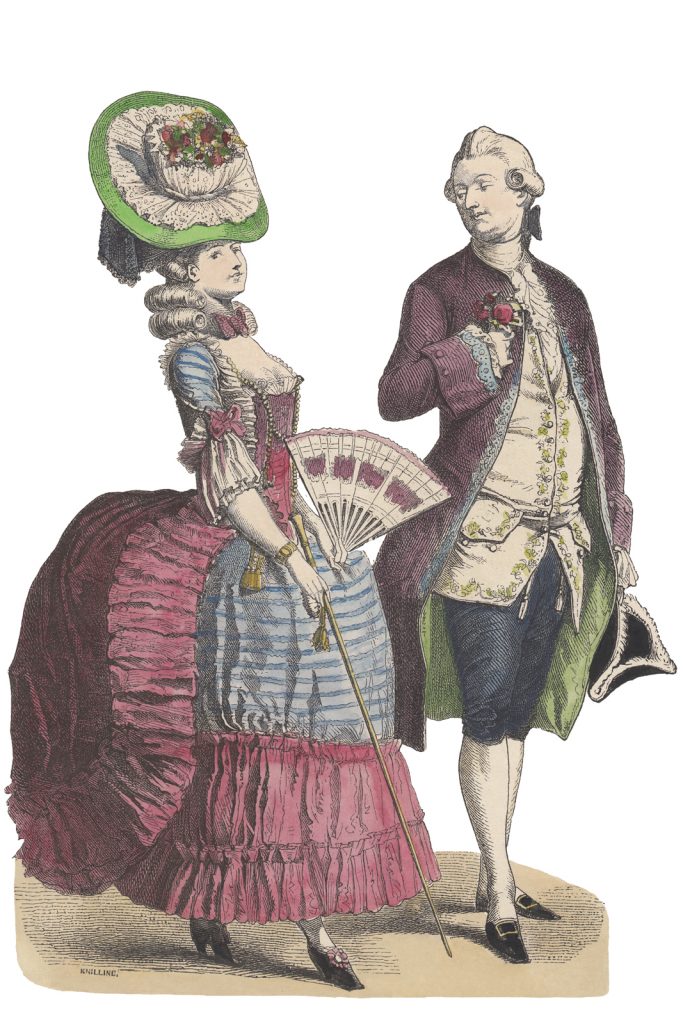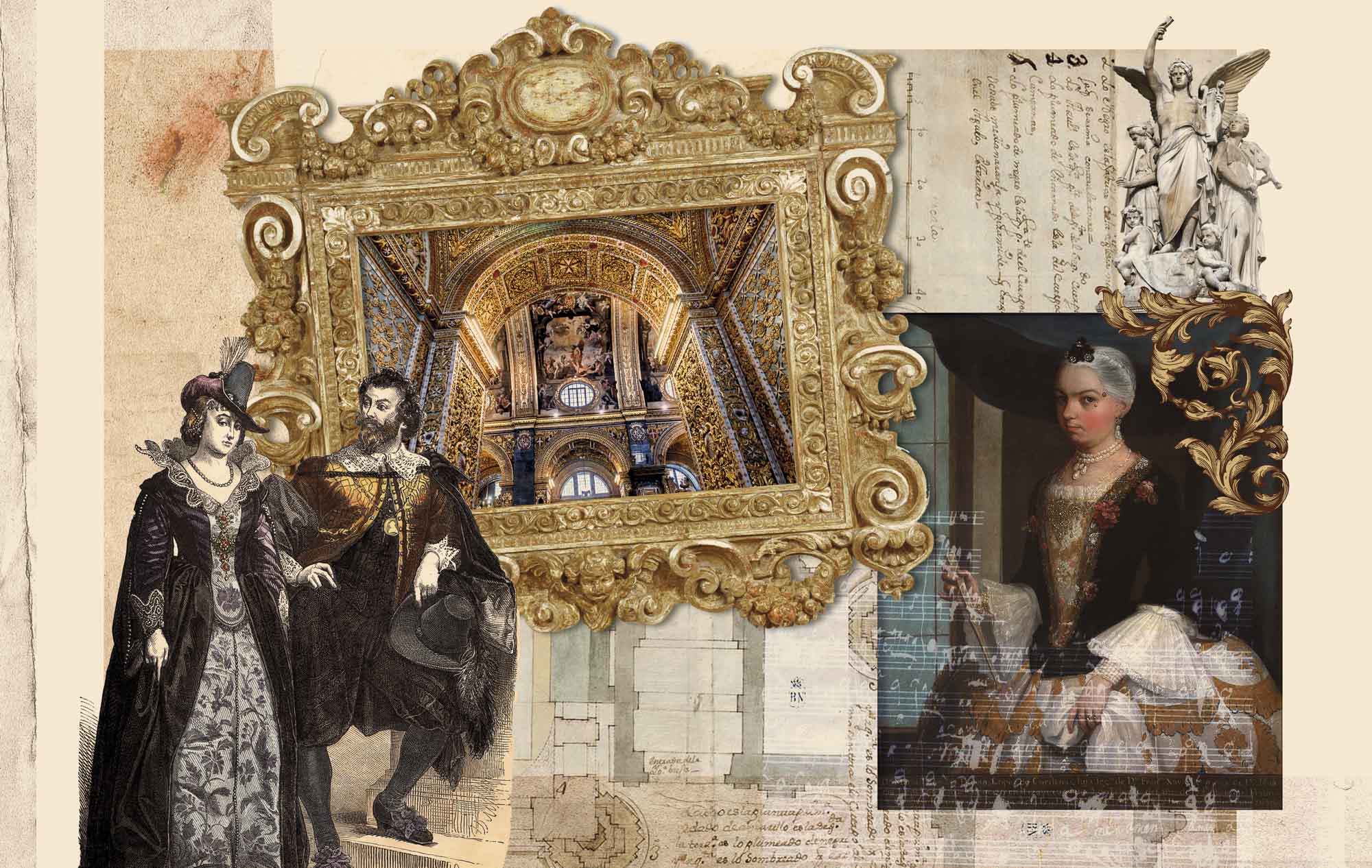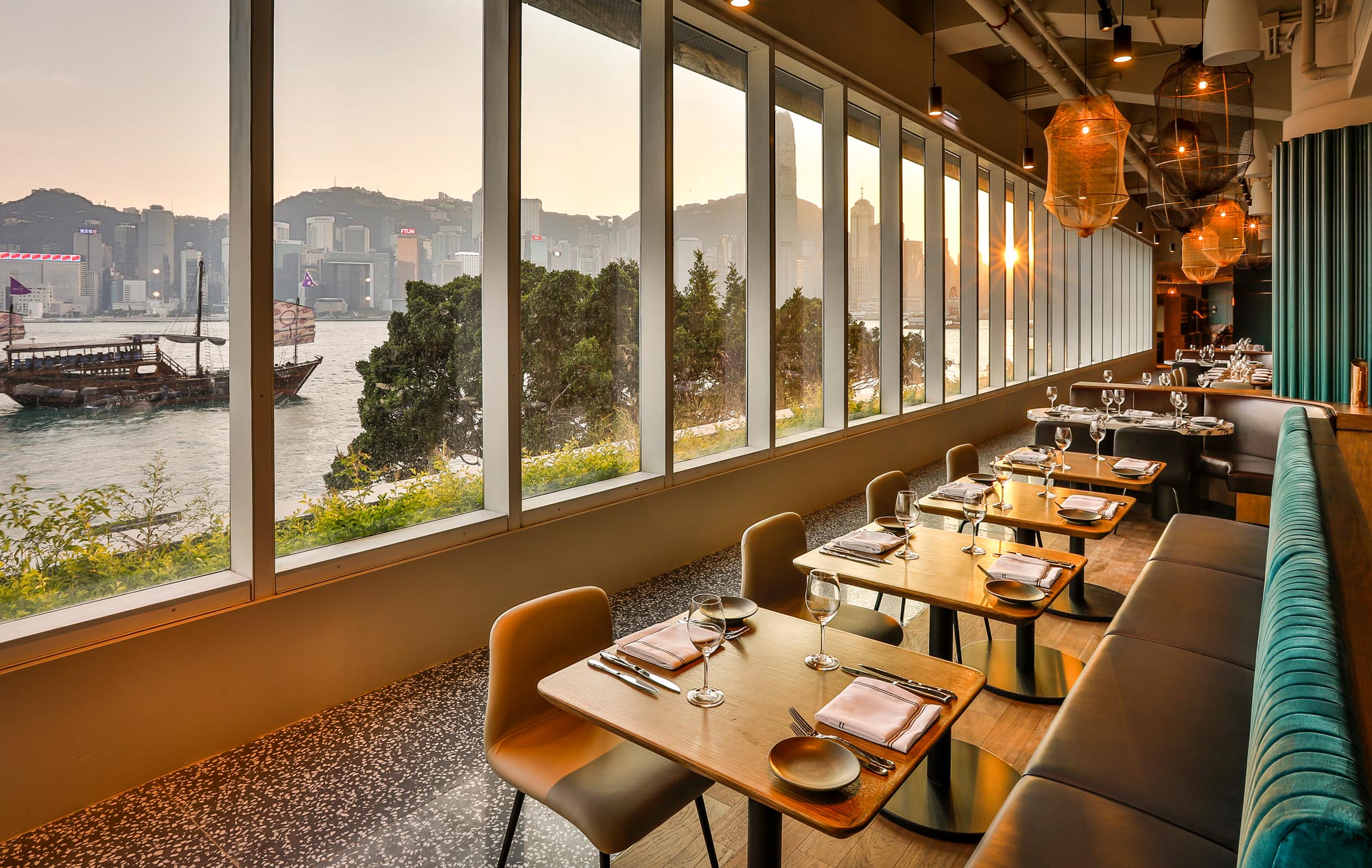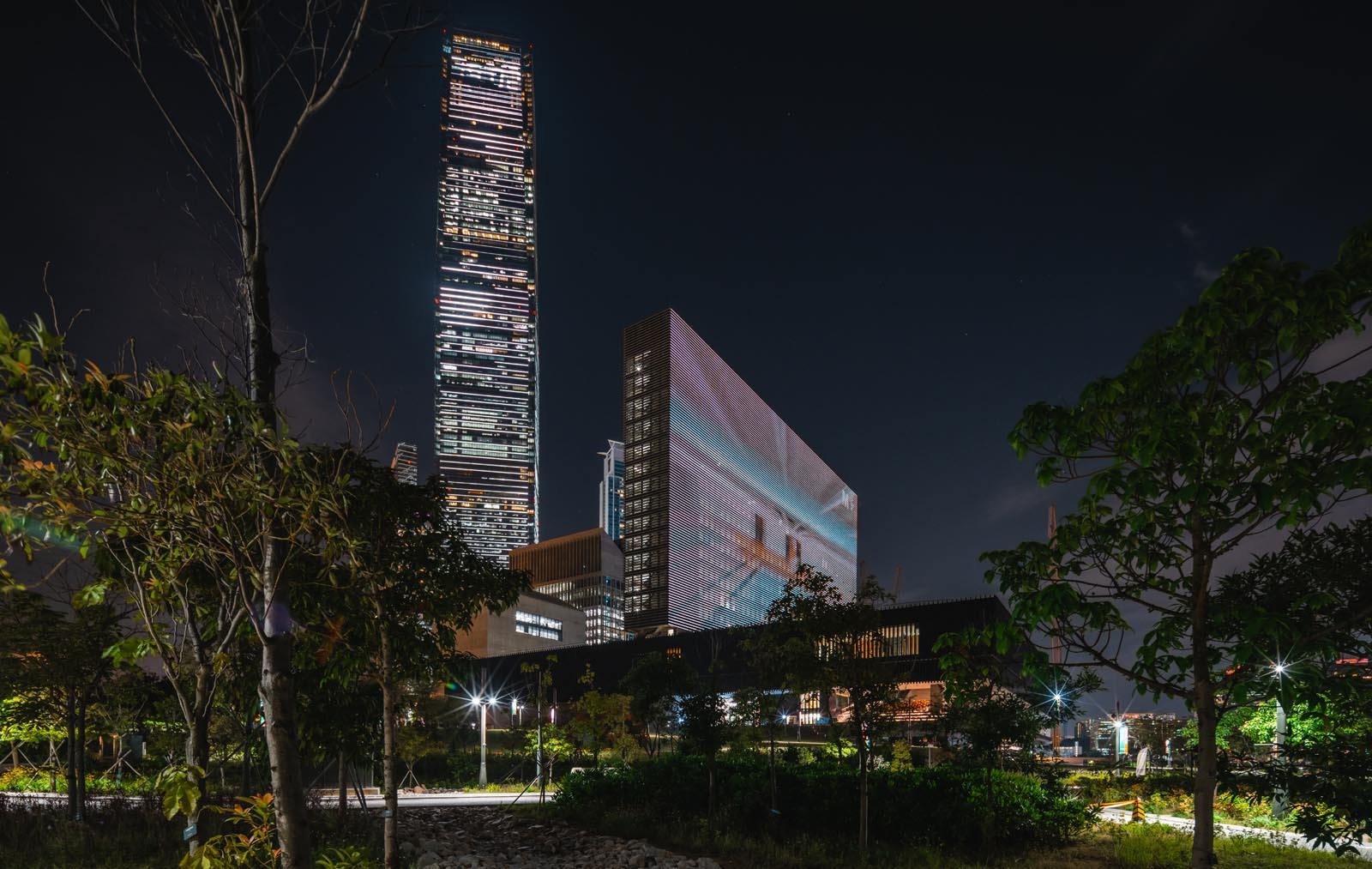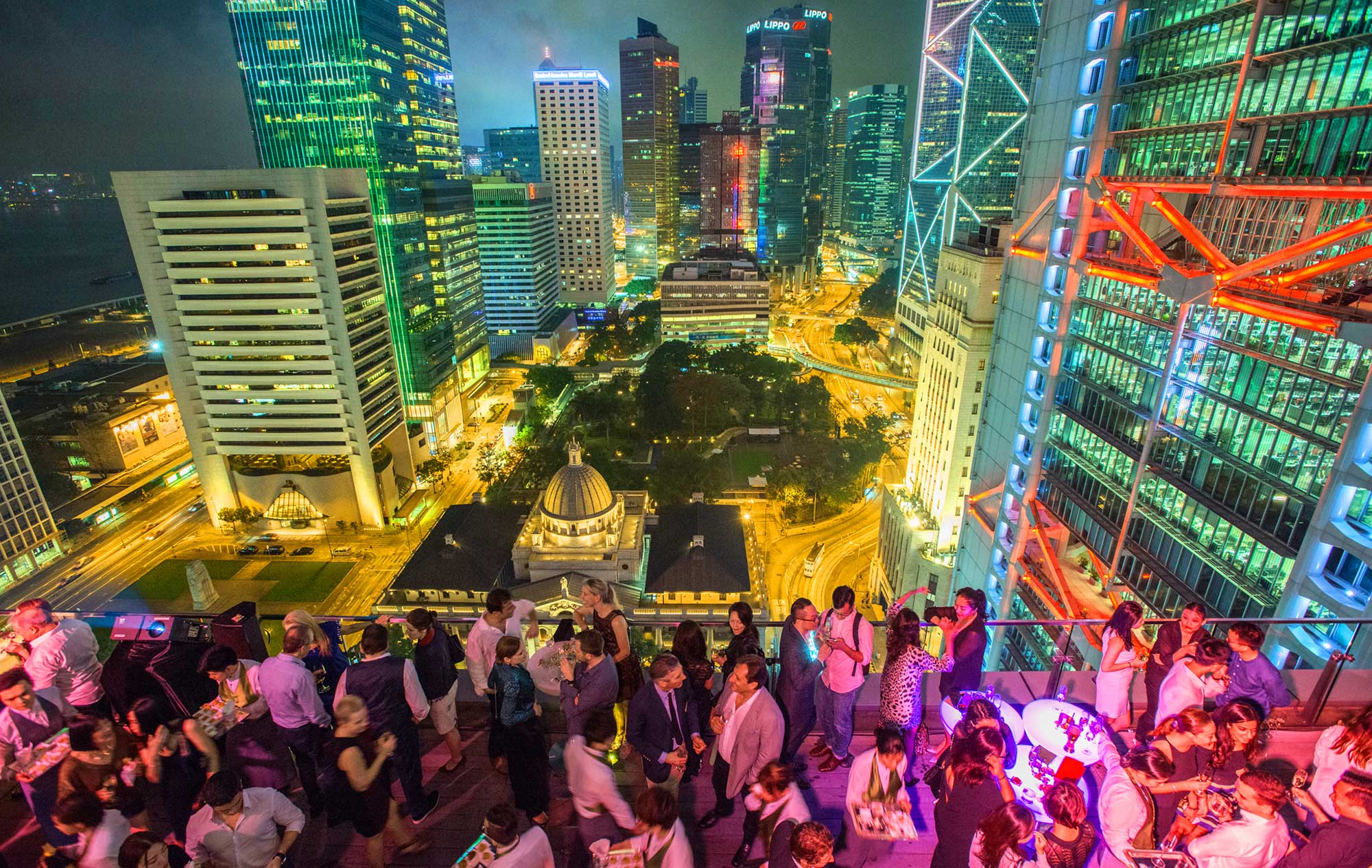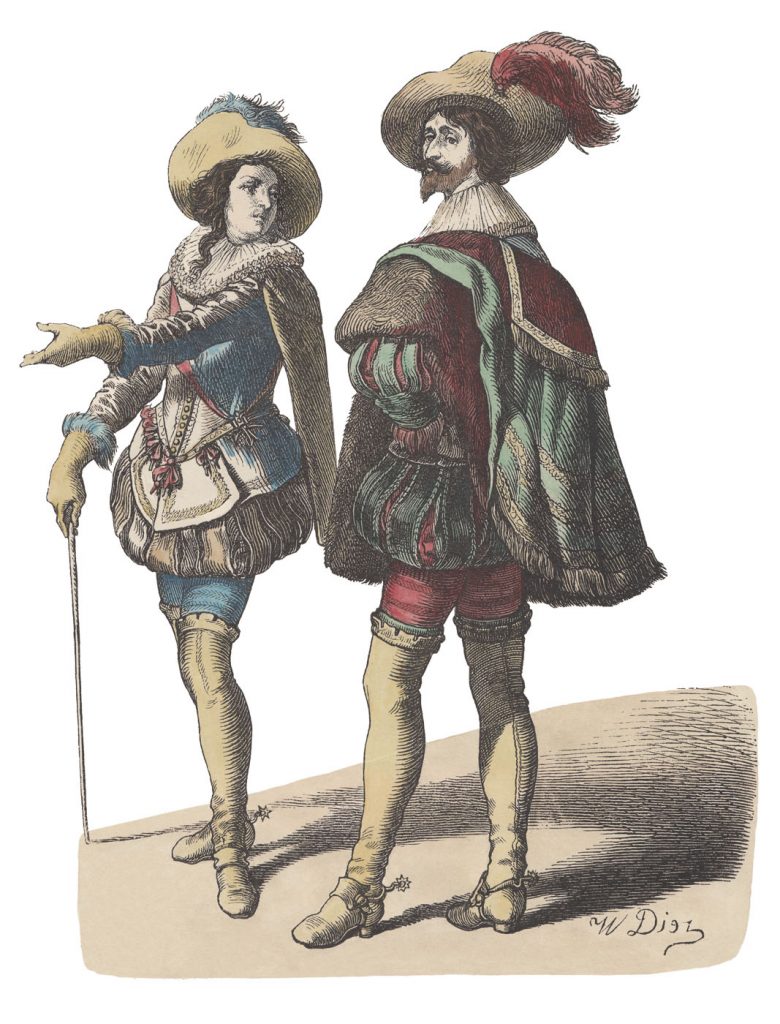
In contemporary terms, baroque, the artistic style that swept across Europe from about 1600 to the mid 18th century, is the antithesis of modernism and minimalism. Yet its influence not only endures: it’s spreading.
Championed by composers such as Bach, Handel and Vivaldi and artists such as Caravaggio, Batoni, Van Dyck, Velázquez and Rubens, baroque was characterised by its exuberance: what the Spanish historian and author of Culture of the Baroque José Antonio Maravall called the ‘pursuit of the extreme’. Just as nature abhors a
vacuum, so did baroque artists. This was the Age of Enlightenment: there was an exponential growth of knowledge in science and philosophy. So it’s little wonder the artists didn’t feel like exercising any restraint.
Half an hour by train from Brussels, Belgium’s second city Antwerp – the home of Rubens – is celebrating all things baroque this summer in Antwerp Baroque 2018.
The exhibition Sanguine | Blood Red, running until 16 September at Antwerp’s M HKA contemporary art museum (muhka.be), is the highlight of the citywide festival. Antwerp pulls out all the stops with a lavish programme in which old baroque rubs shoulders with the new.
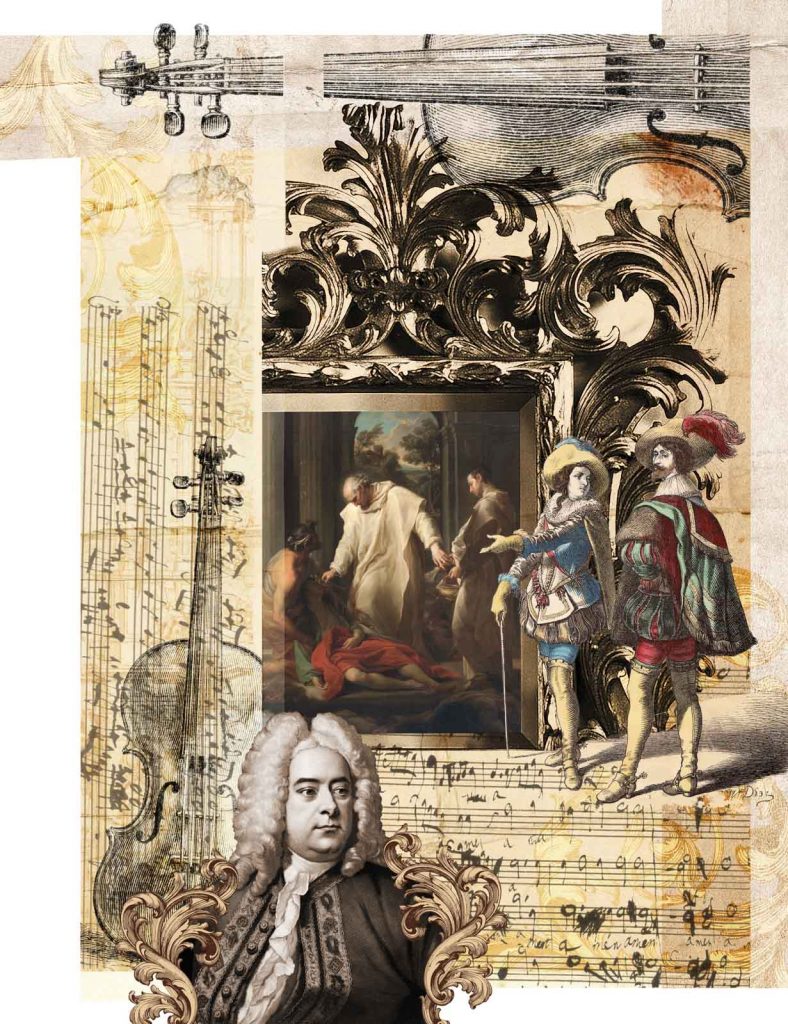
Curated by Antwerp-based painter Luc Tuymans, the exhibition juxtaposes paintings by baroque masters – Rubens, Caravaggio, Van Dyck, Zurbarán – with contemporary works by German performance artist Anne Imhof, recipient of the Golden Lion at last year’s Venice Biennale; Chinese landscape painter Zhang Enli; American hyperrealist Chuck Close; Japanese pop artist Takashi Murakami; and Danish-Vietnamese conceptualist Danh Vo.
Baroque wasn’t limited to the canvas. Head north to Amsterdam, and this summer’s big show at the Rijksmuseum is Kwab: Dutch Design in the Age of Rembrandt (until 16 September, rijksmuseum.nl). This fantastical 17th century decorative artform developed by Dutch silversmiths (among them Johannes Lutma, whose elaborate choir screen resides in Amsterdam’s Nieuwe Kerk church) embellished everything from ewers to furniture and wall hangings to frames with chimerical beasts and less obviously figurative shapes that look almost molten.
Meanwhile, Milan’s Pinacoteca di Brera museum (pinacotecabrera.org) unveiled the final phase of its three-year transformation in mid June. There’s a baroque sense of theatricality in the way the collection is now displayed. Once drab top-lit spaces have been painted shades of deep crimson and royal blue; their lighting dramatic and calibrated to illuminate the paintings and the golden ornamentation of the frames. ‘You can’t put light directly on a painting,’ says museum director James Bradburne. ‘But by making the background darker, you can create more contrast.’ It’s a visual metaphor for one of baroque painting’s defining characteristics: chiaroscuro, the exaggerated play of light and shadow.
In Florence, the Uffizi Gallery (uffizi.it), a repository of renaissance art, is also rehanging its collection. In February the first eight rooms were revealed, showcasing paintings from its baroque collection, notably those by Caravaggio, and also his follower Artemisia Gentileschi, the greatest female exponent of the genre.

The baroque style spread from Europe by way of small port cities such as Valletta, the capital of Malta and one of this year’s European Capitals of Culture. Here the great baroque edifice that is St John’s Co-Cathedral is matched by the fabulously ornate baroque interior, as well as two Caravaggios hanging within (notably The Beheading of John the Baptist, in which the artist writes his signature in the blood running from the saint’s neck).
As European powers grew bold and colonisation spread, so too baroque art and architecture flourished beyond Europe’s borders. The Met in New York is currently showcasing Painted in Mexico (until 22 July, metmuseum.org) – 110 works of art, many baroque, made in Mexico during the 18th century. In Mexico itself, the International Museum of the Baroque (mib.puebla.gob.mx), which opened in 2016 in Puebla, declares baroque ‘the first ever artistic movement that took over the world’.
Designed by the Pritzker Architecture Prize-winning Japanese architect Toyo Ito in a cool style deliberately at odds with the excessive exhibits, MIB, as it’s known, pays equal attention to the development of art, music and especially architecture in the context of the colonisation of the New World. Perhaps unsurprisingly the greatest concentration is to be found in Latin America, in cities such as Puebla itself, and in ornate churches in Ouro Preto and Tiradentes in Brazil; Quito in Ecuador; Antigua in Guatemala; Santiago in Chile; and Córdoba in Argentina.
The Spanish empire extended east as well, hence there are more than 30 baroque National Cultural Treasures in the Philippines, including four baroque Spanish churches. And Portuguese colonisers ensured baroque’s influence also spread to Africa (notably to Luanda and Benguela in Angola), India (Goa) and Macao.
In Macao, the ghostly granite facade of the Ruins of St Paul, once a Jesuit church and the largest ecclesiastical structure in Asia before it collapsed thanks to typhoons and a catastrophic fire, remains a bastion of the city’s baroque heritage. It looms from the top of 68 steps in the old city.
The iconography of the church, ornately carved in the 1620s by local craftsmen and exiled Japanese Christians, is a fusion of cultural references intended to
engage and educate the local population. So you get excessively elaborate scenes from the lives of the saints and symbols of the crucifixion, as well as distinctly Chinese-looking lions, peonies and chrysanthemums – and tableaux you might struggle to find in the Bible. In one, a ferocious female figure attacks a hydra-like serpent, captioned in Japanese kanji: ‘The Holy Mother tramples the heads of a dragon.’ Unless, of course, it’s a quintessentially baroque – if oddly literal – (mis)interpretation of God’s warning to Eve (Genesis 3:14-15) about the enmity between people and snakes.
